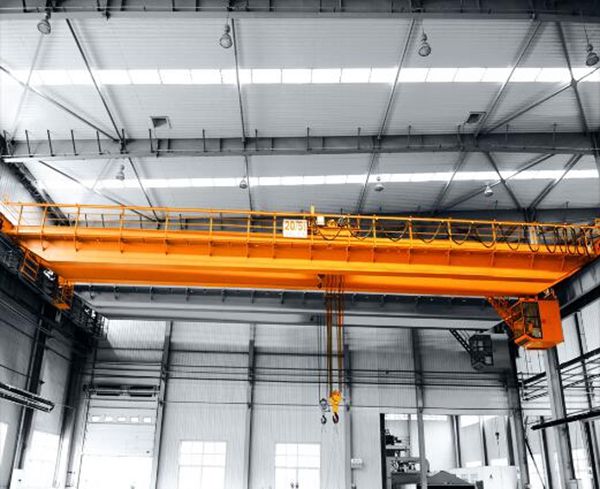Hoisting cranes are highly useful machines in many different types of businesses. They are highly adept at moving around large heavy objects efficiently and safely, much faster than any other method. But like any large piece of industrial equipment, they can also be dangerous if proper precaution tips are not taken when operating them. Accidents with overhead cranes are one of the more common causes of workplace injuries and even deaths, although they are still fairly rare, and nearly all injuries and accidents result from improper use of the crane rather than mechanical failure. Additionally, most mechanical failures are a result of improper maintenance. In addition to preventing accidents, making sure that you’re following the proper usage procedures for an overhead crane can keep the crane’s mechanical and electronic components in much better shape, which means that the crane will last longer without experiencing mechanical difficulties or having to be retired.

It is always best to ensure that your crane operators are well trained in the proper operation of the overhead crane. This includes several factors that are all important to remember. One of these is about how the weight that the crane is lifting should be balanced. It is important to be well versed in the proper angles and boom extension length ratios for crane operation, as lifting very heavy objects in an improper way can put stress on several different components of the crane. The base runner wheels can be pressed too forcefully into the rails, which can damage them, and the gears of the crane rotator base can be pressed too tightly together, which can lead to hairline cracks and structural deformations. Additionally, the boom itself can experience too much force, which can lead to a bent or deformed boom that will no longer extend and retract properly. If the correct operating guidelines are followed, the stress and force will be distributed properly throughout the parts of the overhead crane, which means that none of the parts will experience undue stress that can lead to damage.

Another important factor is being aware of the correct speeds and movement patterns of the crane. Lifting or dropping weights too quickly can cause mechanical stress on some parts of the crane as it will shake or rock back and forth due to the sudden changes in the distribution of weight. Additionally, moving the crane too quickly on its tracks can cause damage to the wheels if sudden braking is required due to an unforeseen circumstance. There are also only certain ways that the crane should be rotated and moved when it is bearing a heavy load in order to make sure that the weight that the crane is bearing is distributed evenly throughout the structure.

If all of these guidelines are followed properly, then the probability of an accident involving the overhead crane should be very low, which will reduce the risk of workplace injuries and deaths, especially to the crane operator who is usually the victim. To ensure the safety, never hesitate to buy high quality cranes with safe protection devices http://www.ellsenoverheadcrane.com/